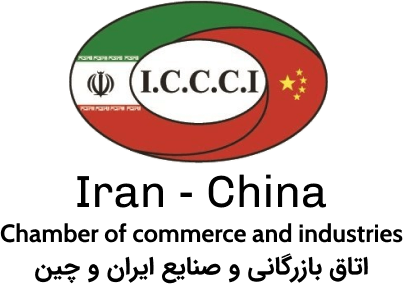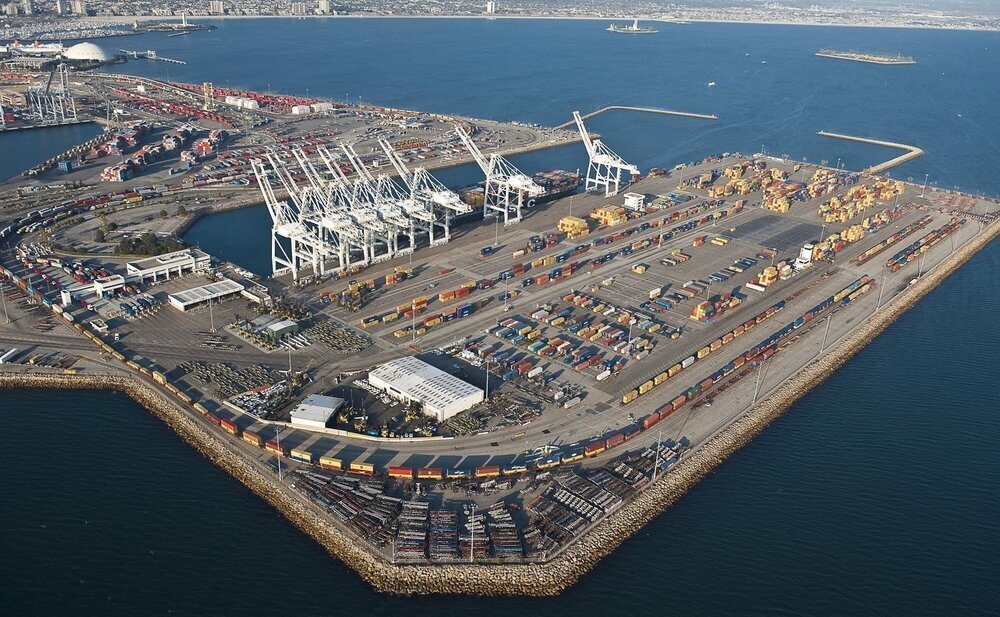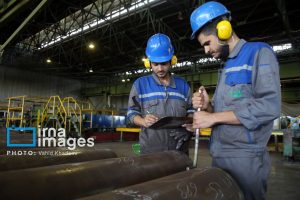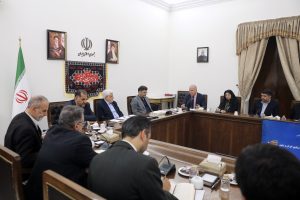As announced by the vice secretary of Iran’s Free Zones High Council, over 320 trillion rials (about $1.142 billion) of investment has been made in the country’s free zones in the course of one year from the seventh calendar month of Mehr in the past Iranian year to the same month in this year (September 23, 2021-Septemebr 22, 2022).
Ahmad Jamali said that the performance of free trade and special economic zones should be evaluated in relation to the past trend, goals and regional competitors, while a specific time frame should also be considered for it.
Also, the secretary of Free Zones High Council had previously announced that 360 trillion rials (about $1.285 billion) of investment has been made in the country’s free zones in the past Iranian calendar year 1400 (ended on March 20).
Saeed Mohammad also announced that 60 trillion rials (about $214 million) of investment was made in the free zones during the first quarter of the current Iranian year (March 21-June 21).
He said 2,500 industrial units are currently active in the free zones of the country.
Establishment of free trade zones (FTZs) in Iran dates back to Iranian calendar year 1368 (March 1989 – March 1990) following the fall in the country’s oil income in the preceding year which prompted the government to promote the non-oil exports.
The first two free trade zones of Iran were established in the south of country. The first one was Kish Free Trade Zone established in 1368 on Kish Island in the Persian Gulf and the second one was Qeshm Free Trade Zone established the year after on Qeshm Island in the Strait of Hormuz.
Some five other free trade zones have been also established in the country since then, including Chabahar in southeastern Sistan-Baluchestan Province, Arvand in southwestern Khuzestan Province, Anzali in northern Gilan Province, Aras in East-Azarbaijan Province and Maku in West-Azarbaijan Province, both in the northwest of the country.
Development of existing free trade zones and establishment of new FTZs has become one of the major economic approaches of Iranian government.





